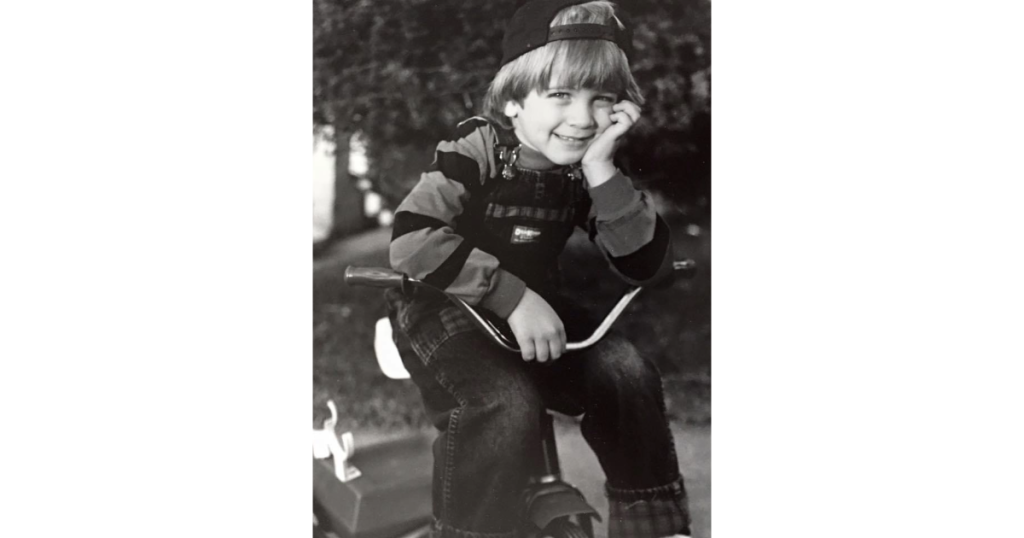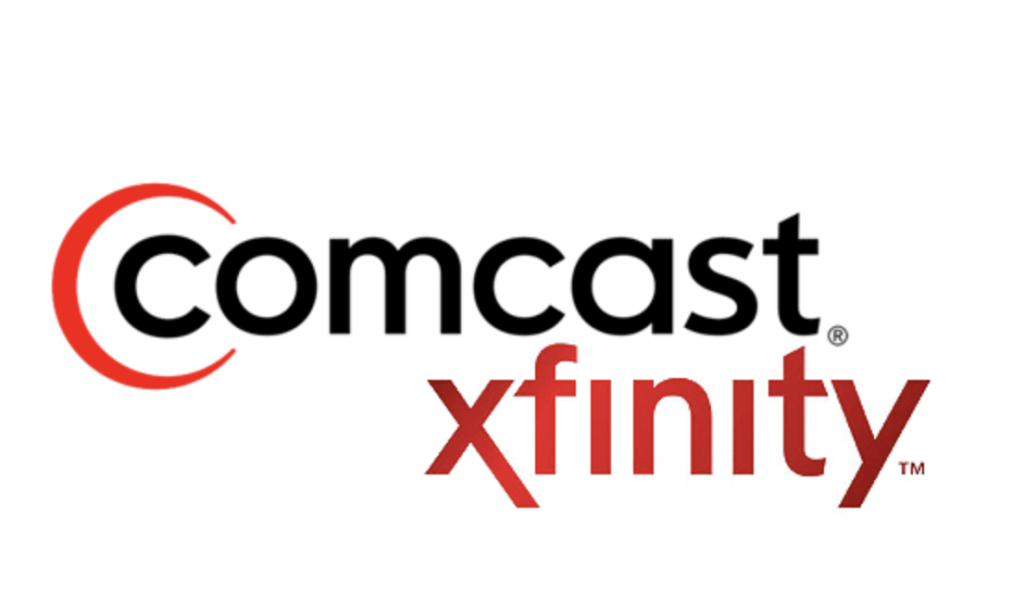In a world that seems to be perpetually focused on the younger generation, it’s easy to overlook the unique challenges faced by Generation X in the current job market. Born between the early 1960s and early 1980s, Gen Xers find themselves in the midst of a shifting professional landscape. This often forgotten generation must navigate the delicate balance between their wealth of experience and the need to adapt to new technologies and workplace trends. In this blog post, we delve into the plight of Gen X in the job market, exploring their resilience, adaptability, and the strategies they employ to stay competitive.
The Silent Struggle: Unlike their predecessors, the Baby Boomers, who enjoyed a relatively stable job market during their prime working years, Gen Xers have faced their fair share of economic turmoil. From the dot-com bubble burst to the Great Recession, this generation has weathered numerous storms that have significantly impacted their career trajectories. Despite this, Gen Xers have shown remarkable resilience, adapting to the ever-changing landscape and finding innovative ways to thrive.
Embracing Technological Advancements: One of the most notable challenges Gen X faces is keeping pace with rapid technological advancements. While they didn’t grow up with smartphones and social media, this generation has embraced technology and recognized its significance in the workplace. Many Gen Xers have invested time and effort in upskilling themselves to bridge the technological gap. They have learned to leverage social media platforms, harness online collaboration tools, and adapt to remote work environments. By embracing technology, Gen Xers demonstrate their determination to stay relevant and competitive in the job market.
Navigating Intergenerational Dynamics: Gen Xers find themselves sandwiched between the digitally native Millennials and the ambitious, tech-savvy Generation Z. This intergenerational dynamic can sometimes lead to a sense of being overlooked or undervalued. However, Gen Xers possess a unique advantage—a wealth of experience. Having spent years honing their skills, they offer a depth of knowledge that younger generations often lack. Gen Xers bring a valuable perspective to the table, balancing the need for innovation with a seasoned understanding of business strategies and industry trends.
Entrepreneurial Spirit: In the face of the changing job market, Gen Xers have increasingly turned to entrepreneurship as a means of carving out their own path. Many have recognized the opportunity to leverage their expertise and experience to start their own businesses. Gen X entrepreneurs bring a combination of innovative thinking and a solid understanding of industry dynamics, allowing them to create successful ventures. Their determination to take control of their professional lives is a testament to their resilience and adaptability.
The Power of Networking: Networking has always been crucial in the job market, and Gen Xers are well aware of its importance. This generation understands that building relationships and maintaining connections can lead to valuable career opportunities. Gen Xers excel at building professional networks, utilizing their extensive industry experience to connect with peers, mentors, and potential employers. They understand the power of personal connections in a world that is increasingly driven by digital interactions.
Generation X, often overshadowed by the larger and more vocal generations that came before and after them, faces unique challenges in the current job market. However, they possess a formidable combination of experience, adaptability, and determination. Gen Xers navigate the evolving professional landscape by embracing technology, leveraging their expertise, and exploring entrepreneurial opportunities. With their resilience and networking prowess, this generation continues to make its mark on the job market. As we move forward, let us recognize and celebrate the invaluable contributions of Gen X, a generation that remains steadfast in its pursuit of professional success.












